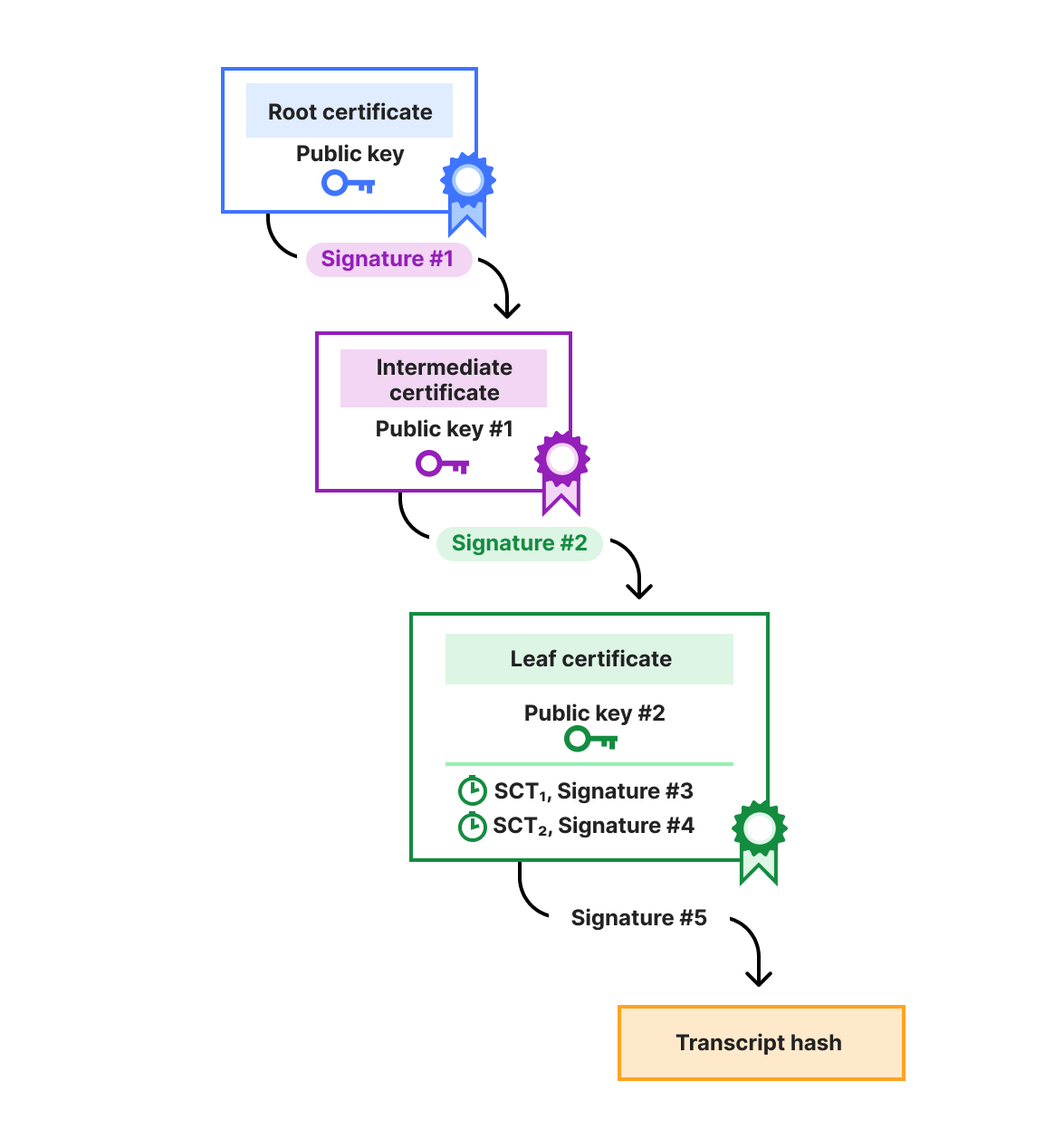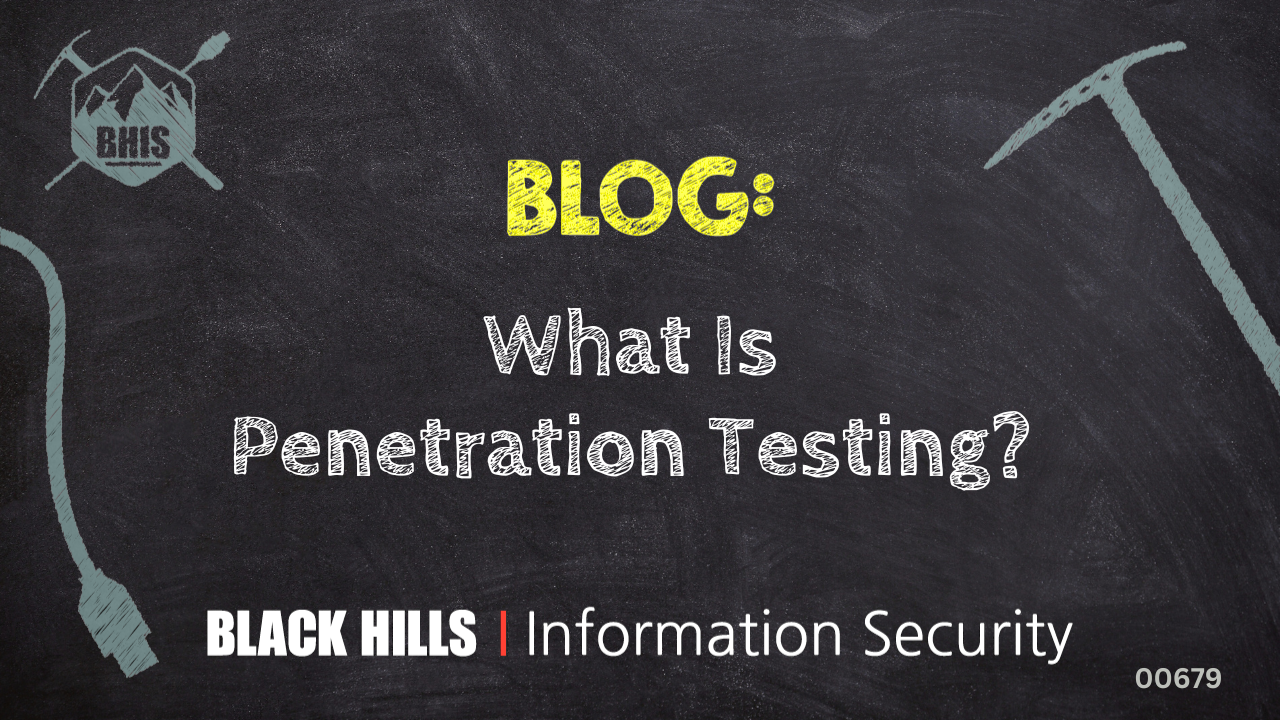The Internet relies on the Border Gateway Protocol (BGP) to exchange IP address reachability information. This information outlines the path a sender or router can use to reach a specific destination. These paths, conveyed in BGP messages, are sequences of Autonomous System Numbers (ASNs), with each ASN representing an organization that operates its own segment of Internet infrastructure.
Throughout this blog post, we’ll use the terms “BGP routes” or simply “routes” to refer to these paths. In essence, BGP functions by enabling autonomous systems to exchange routes to IP address blocks (“IP prefixes”), allowing different entities across the Internet to construct their routing tables.
When network operators debug reachability issues or assess a resource’s global reach, BGP routes are often the first thing they examine. Therefore, it’s critical to have an up-to-date view of the routes toward the IP prefixes of interest. Some networks provide tools called “looking glasses” — public routing information services offering data directly from their own BGP routers. These allow external operators to examine routes from that specific network’s perspective. Furthermore, services like bgp.tools, bgp.he.net, RouteViews, or the NLNOG RING looking glass offer aggregated, looking glass-like lookup capabilities, drawing on data sources from multiple organizations rather than just a single one.
However, individual looking glass instances offer a limited scope, typically restricted to the infrastructure of the service provider’s network. While aggregated routing information services provide broader vantage points, they often lack the API access necessary for building automated tools on top of them. For example, systems designed for automated tasks, such as BGP leak or hijack detection, depend on programmatic API access.
We’re excited to introduce Cloudflare Radar’s new real-time BGP route lookup service, described below. Built using public data sources, this service provides visualizations of real-time routes directly on the corresponding IP prefix pages within Radar (see the page for 1.1.1.0/24 as an example). We are also offering API access through our free-to-use Cloudflare Radar API, empowering developers to leverage this data to build their own innovative systems and tools.
We are excited to announce the launch of our new real-time BGP route lookup service, now accessible through both Cloudflare Radar web interface and the Cloudflare Radar API. This enhancement provides users with a near instantaneous view into global BGP routing data.
Cloudflare Radar’s real-time routes feature now offers a Sankey diagram illustrating the BGP routes for a given prefix. To minimize visual complexity, the visualization displays routes directed towards the Tier 1 networks. For example, the diagram below shows that 1.1.1.0/24 is announced by AS13335 (Cloudflare) and that Cloudflare has direct connections to almost all U.S.-based and international Tier 1 network providers.

Expanding on this more concise view, users also have the option to ‘Show full paths’ and visualize every BGP route from the prefix of interest to the collectors. (The role of the collectors in gathering this data is discussed below.) The interactive view allows panning and zooming, and hovering over the links provides tooltip information on which collector saw the route and when it was last updated.

For both views, the prefix origin table is displayed above the route’s visualization. The table shows the originating Autonomous System (AS), the visibility percentage (representing the proportion of route collectors observing the origin ASN announcement), and RPKI validation outcomes.
During a recently detected BGP misconfiguration, we saw two origin ASNs for a prefix, with AS3 incorrectly used instead of the intended origin being prepended three times. The visualization reveals AS3 as RPKI invalid with low visibility, indicating limited network acceptance. Operators can analyze these issues visually or in the table and monitor real-time corrections by refreshing the page.

Whether facing network outages, implementing new deployments, or investigating route leaks, users can leverage this feature for any scenario where a clear, global understanding of a prefix’s routing paths is essential.
To allow easier access to this information, users can now search for any prefix using the Radar search bar and navigate to the corresponding prefix routing pages. Prefixes involved in BGP route leak and origin hijack events are also linked to this enhanced routing information page, helping operators debug BGP anomalies in real-time.

Cloudflare Radar real-time route data is also accessible via the Radar API, and users can follow this guide to get started.

The following example shows an HTTP GET request to query all the current routes for a prefix of interest:
curl -X GET
"https://api.cloudflare.com/client/v4/radar/bgp/routes/realtime?prefix=1.1.1.0/24" -H
"Authorization: Bearer <API_TOKEN>"With the help of JSON data processing tools like jq, users can further filter data results by routes containing a certain ASN. In the following example, we make a request to ask for all current routes toward the prefix 1.1.1.0/24 and filter all routes with AS paths containing AS174:
curl -X GET
"https://api.cloudflare.com/client/v4/radar/bgp/routes/realtime?prefix=1.1.1.0/24"
-H "Authorization: Bearer <API_TOKEN>" |
jq '.result.routes[]|select(.as_path | contains([174]))'The command output is a JSON array of route objects. Each object details a route that includes AS174 in its AS path. Additional information provided for each route includes the BGP route collector, BGP community values, and the timestamp of the last update.
{
"as_path": [
3130,
174,
13335
],
"collector": "route-views2",
"communities": [
"174:21001",
"174:22013",
"3130:394"
],
"peer_asn": 3130,
"prefix": "1.1.1.0/24",
"timestamp": "2025-05-14T00:00:00Z"
}
{
"as_path": [
263237,
174,
13335
],
"collector": "rrc15",
"communities": [
"174:21001",
"174:22013",
"65237:174"
],
"peer_asn": 263237,
"prefix": "1.1.1.0/24",
"timestamp": "2025-05-14T01:39:52Z"
}The API also offers supplementary metadata alongside BGP route information, including insights into BGP route collector status and aggregated prefix-to-origin data. Recalling the earlier example of an AS path prepending misconfiguration, the RPKI invalid AS3 origin is now directly visible to users and API clients in the JSON response, showing that just 9% of all collectors observed its announcements.
"meta": {
"collectors": [
{
"latest_realtime_ts": "2025-05-19T21:35:40Z",
"latest_rib_ts": "2025-05-19T20:00:00Z",
"latest_updates_ts": "2025-05-19T21:15:00Z",
"peers_count": 24,
"peers_v4_count": 0,
"peers_v6_count": 24,
"collector": "route-views6"
},
],
"prefix_origins": [
{
"origin": 3,
"prefix": "2804:4e28::/32",
"rpki_validation": "invalid",
"total_peers": 121,
"total_visible": 11,
"visibility": 0.09090909090909091
},
{
"origin": 268243,
"prefix": "2804:4e28::/32",
"rpki_validation": "valid",
"total_peers": 121,
"total_visible": 94,
"visibility": 0.7768595041322314
}
],
}Cloudflare Radar uses RIPE RIS and the University of Oregon’s RouteViews as our primary BGP data sources for services like the routing statistics widget, anomaly detection, and announced address space graphs. We have previously discussed in detail on how we use the data archives from these two providers to build Cloudflare Radar’s routing pages, and our route leak and hijack detection systems.
In brief, RIPE RIS and RouteViews maintain several BGP route collectors, each connected to BGP routers across a diverse set of networks. These routers forward BGP messages to the collectors, which generate periodic data dumps for public access. These data dumps include both collections of BGP message updates and full routing table snapshots (RIB dump files).
For services monitoring stable routing information, like global routing statistics, we process RIB dump files from the archives as they become available. Conversely, for detecting dynamic events such as route leaks and hijacks, we process periodic BGP update files in batches. Services depending on this historical BGP data may experience processing delays of 10 to 30 minutes at the route collectors.

For the new real-time BGP routes feature, we aim to reduce the data delay from minutes or tens of minutes down to seconds. With the real-time stream capability provided by the BGP archiver services — RIS Live WebSocket from RIPE RIS and OpenBMP Kafka stream from RouteViews — we designed an additional real-time data stream component that enhances the routes snapshots built with MRT archive files by constantly updating the snapshots.

At its core, the system enables a user to look up a prefix’s routes stored in BGP routes snapshots. The BGP routes snapshots serve as a queryable data repository, organized hierarchically. The snapshots use a trie structure to allow for the retrieval of route information (such as AS paths and community values) associated with specific address prefixes. Each node in the hierarchy stores routing information from different peering routers, providing a consolidated global view. To handle the large data volumes from multiple BGP route collectors, the system partitions routing data into separate BGP routes snapshots, where each snapshot receives data streamed from its corresponding collector. This architecture enables horizontal scalability, allowing for dynamic adjustment of data sources by selecting which independent collectors’ data to include or exclude.

Because the collectors’ BGP route information is maintained independently, to query for a global status, we apply the actor model software architecture for the implementation. Each collector is considered an actor that runs completely independently and communicates with a central controller via a dedicated communication channel. The central controller starts all actors by sending a signal to each of them, triggering actors to start collecting archival and real-time BGP data, on their separate threads.
Upon queries from users, the central controller will relay the query to all running actors via a query message. The actors will retrieve the corresponding route information on its prefix-trie and return the results to the controller with another message. The controller aggregates all messages from the actors and compiles them into a reply response to the user. During the whole process, the real-time BGP streaming and snapshots’ updating processes continue to run in the background without interruptions.

Our actor-model implementation enables a single node to efficiently store hundreds of full routing tables in its memory. Our current deployment uses eight route collectors, housing a total of 261 full routing tables. This in-memory system operating on a single node consumes approximately 45 GB of memory, which translates to about 170 MB per full routing table.
Cloudflare Radar now offers a real-time BGP route lookup service, providing near-instantaneous insights into global Internet routing. This feature leverages real-time data streams from RouteViews and RIPE RIS, moving beyond historical archives to deliver up-to-the-minute information. Users can now visualize routes in real time on Cloudflare Radar’s prefix pages with intuitive Sankey diagrams that detail complete route information. Furthermore, the Cloudflare Radar API provides programmatic access to this data, allowing for seamless integration into custom tools and workflows.
Visit Cloudflare Radar for additional insights around Internet disruptions, routing issues, Internet traffic trends, attacks, and Internet quality. Follow us on social media at @CloudflareRadar (X), noc.social/@cloudflareradar (Mastodon), and radar.cloudflare.com (Bluesky), or contact us via email.



